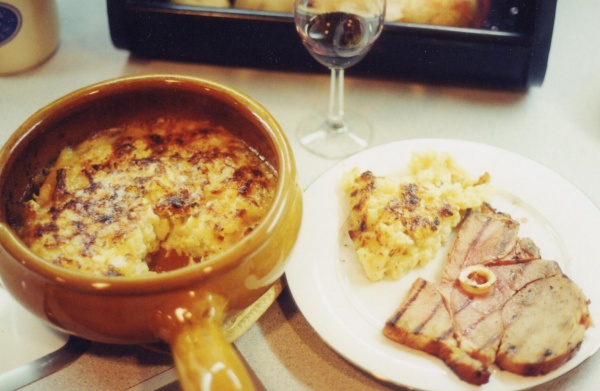Facts About Tartiflette
Tartiflette is a comforting and delectable dish originating from the Savoy region in the French Alps. It is prepared using potatoes, creamy Reblochon cheese, crispy lardons (bacon bits), and onions. The name "tartiflette" likely derives from the Arpitan word for potato, "tartiflâ."
This dish has an intriguing backstory. It was inspired by an older gratin dish called "péla" from Provence, which also included potatoes and onions but lacked cheese. The modern version of tartiflette, as we know and love it today, was actually created in the 1980s by the Union Interprofessional Reblochon to promote sales of Reblochon cheese.
However, the concept of tartiflette is not entirely new. The earliest mention of a similar dish dates back to 1705 in a cookbook titled "Le Cuisinier Royal et Bourgeois" by François Massialot and B. Mathieu. The name "tartiflette" itself comes from the Savoyard word for potatoes, "tartifles." Potatoes have long been a staple in Savoyard cuisine, thanks to the region's historical ties with the Holy Roman Empire, which introduced the tubers early on.
Tartiflette quickly became popular in French ski resorts, where it was featured on restaurant menus as a symbol of the region's authentic, mountain-inspired cuisine. There is even a delightful variation called Croziflette, which substitutes the potatoes with small squares of local pasta known as crozets de Savoie. These small pasta squares are typically made from buckwheat or durum wheat. The name "Croziflette" is a playful blend of "crozet" and "tartiflette."

 Switzerland
Switzerland